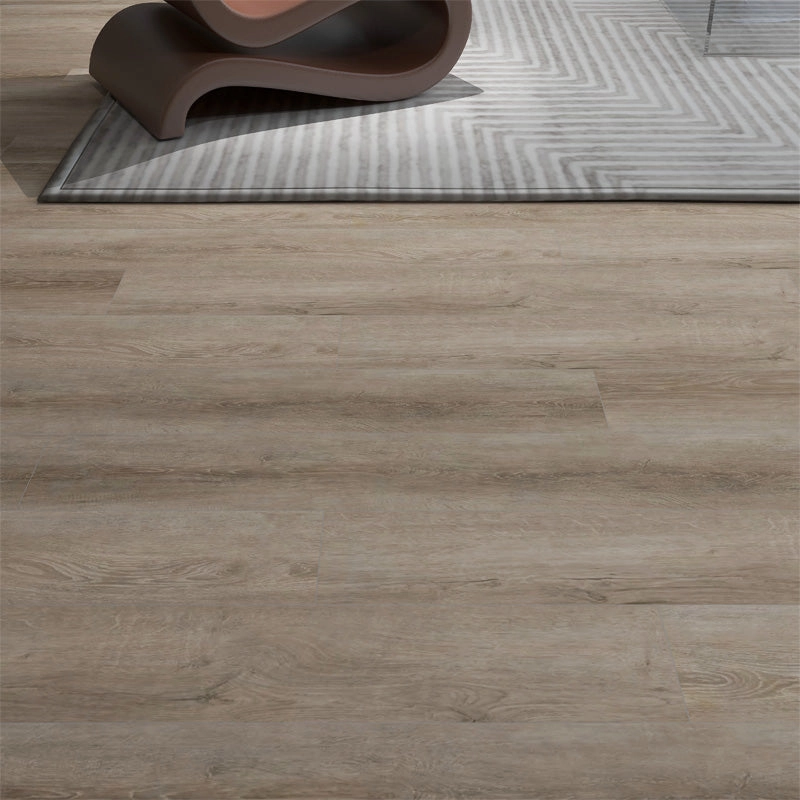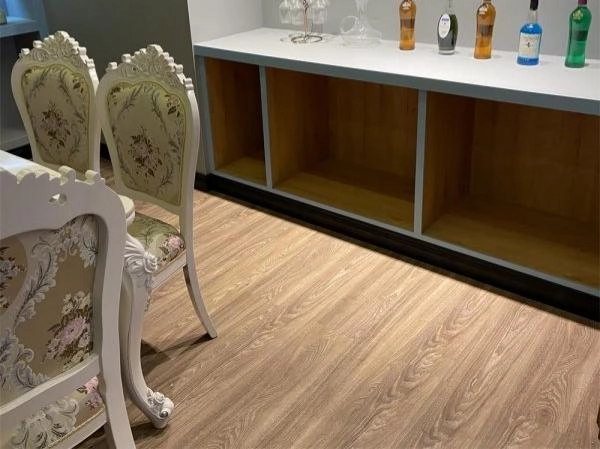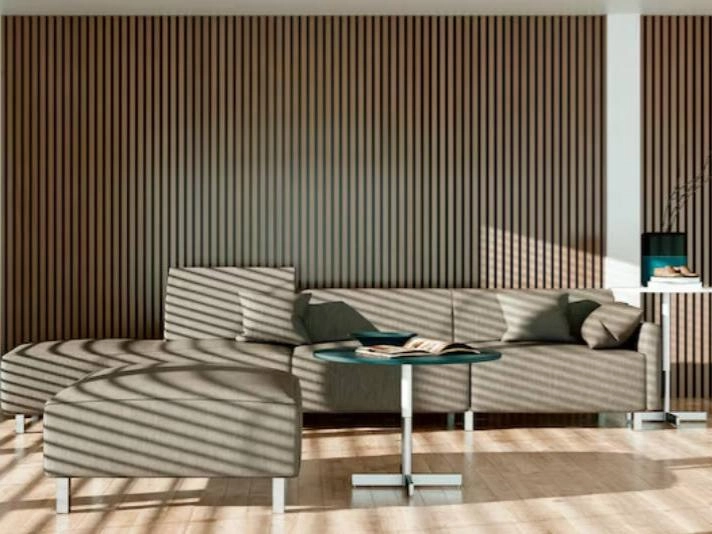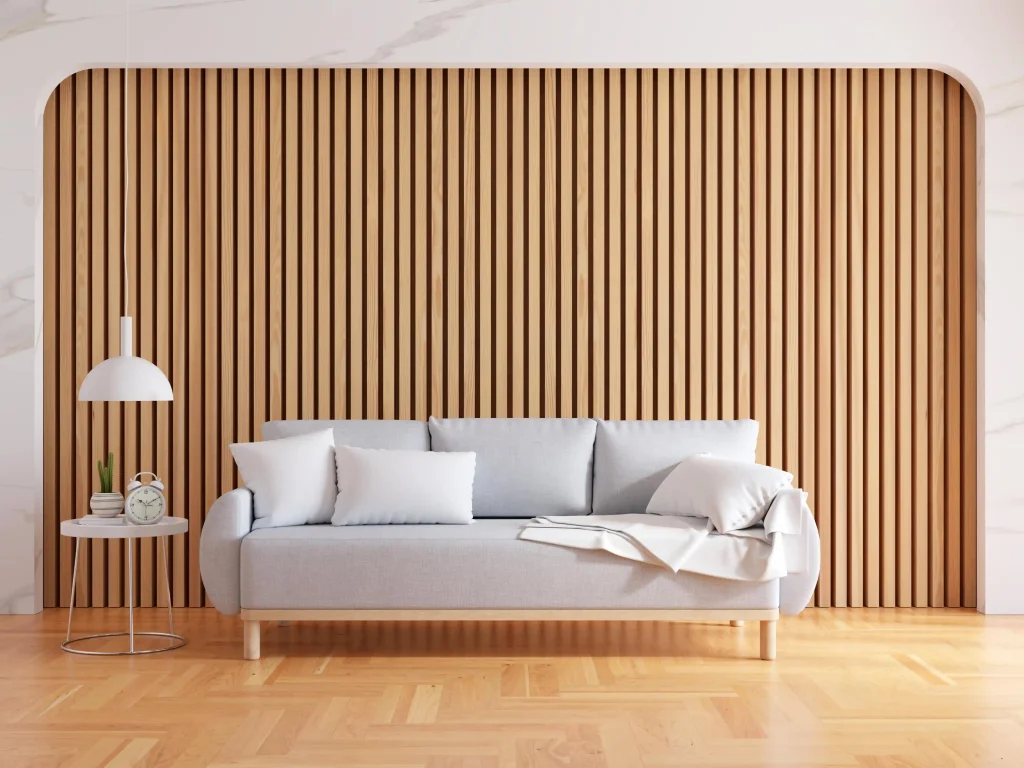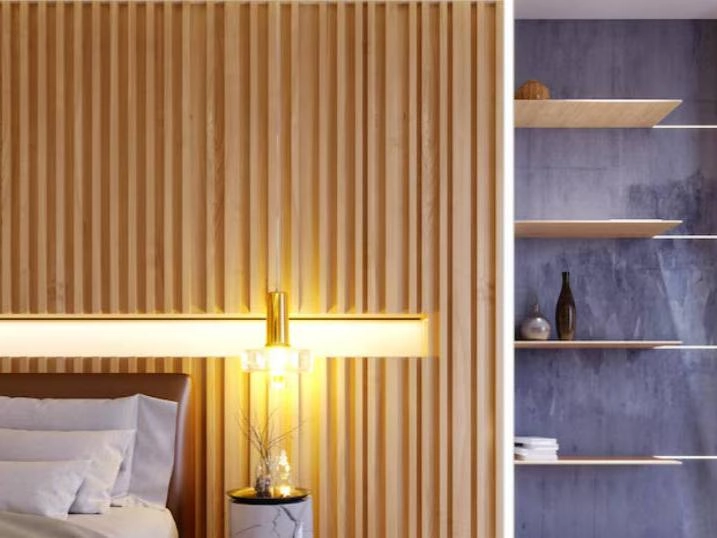Your floor sets the vibe for your home. It’s both stylish and practical. But even tough stuff like SPC (Stone Plastic Composite), WPC (Wood Plastic Composite), and LVP (Luxury Vinyl Plank) can have issues over time. Figuring out what’s causing these problems is the key to keeping your floors awesome. This guide dives into cracks, warping, and gaps, with simple ways to fix them and tips to stop them from happening.
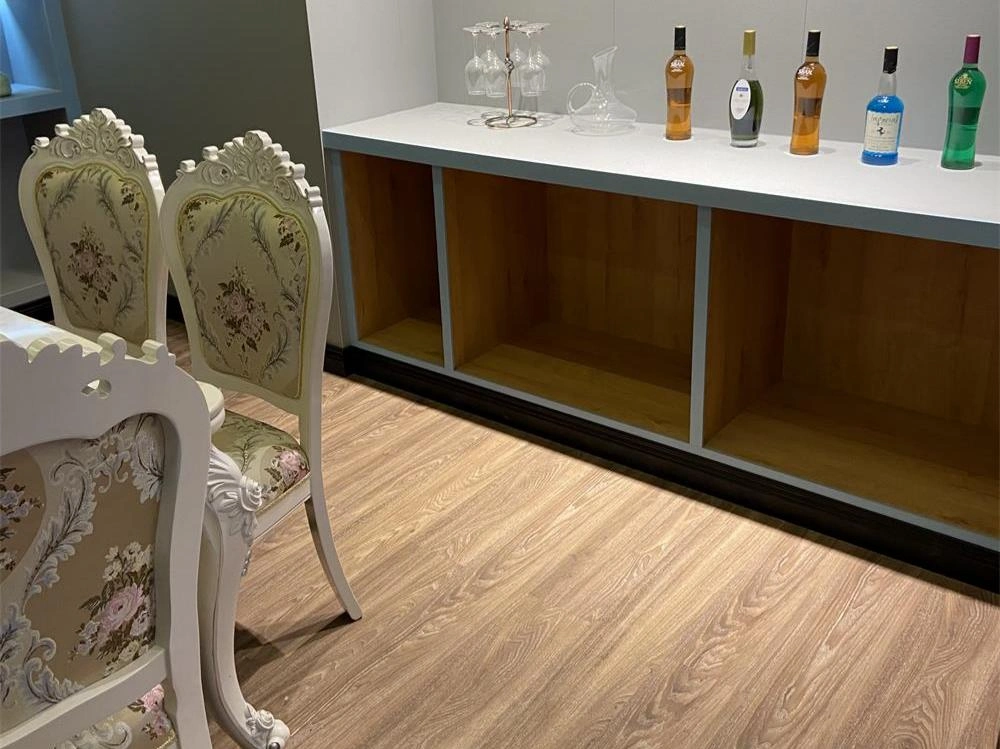
What’s Going Wrong with Your Floors?
Cracks in SPC, WPC, and LVP
Cracks are super noticeable and kind of a bummer. SPC flooring has a tough core made of stone powder and resin. Cracks can show up if the subfloor’s bumpy or if the room gets too hot or cold too fast. The no-glue, hot-pressed process makes SPC sturdy, but it’s not great at bending under pressure.
WPC flooring mixes wood fibers and plastic, so it’s a bit more bendy. Its foamy setup can keep tiny cracks from getting worse. But if it’s installed wrong or the subfloor shifts, you’ll still see damage.
Warping and Buckling
Warping or buckling happens when water sneaks into the core. It can also pop up if there’s not enough wiggle room for the floor to expand during installation. WPC’s thicker core can hide small subfloor flaws. But it’s not bulletproof against water.
SPC floors, with their stone core, are better at dodging warping. They’re great at handling moisture and don’t have nasty chemicals, so they’re perfect for humid spots. Still, too much water can mess them up.
Gaps Between Planks
Gaps appear when the room’s temperature swings or if the flooring wasn’t prepped right before installation. All vinyl floors shift a tiny bit with the weather. If you don’t leave enough space or let the planks adjust, even the best SPC or WPC floors can end up with gaps.
Scratches and Worn Spots
SPC, WPC, and LVP are built to last, but they’re not immune to scratches. Dragging furniture, pointy heels, or gritty dirt can leave marks. Over time, high-traffic spots might look dull or scratched up if you don’t take care.
How to Fix These Problems
Dealing with Cracks
For tiny cracks, pick up a vinyl repair kit with filler that matches your floor’s color. If the cracks are deep—say, from a heavy drop or a shifting subfloor—you’ll need to swap out those planks.
Fixing Warped or Buckled Boards
To tackle warped or buckled boards:
- Track down where the water’s coming from and stop it.
- Pull up the damaged planks.
- Let the subfloor dry out completely.
- Pop in new planks, leaving some space around walls and fixtures for expansion.
Closing Up Gaps
You can sometimes fix small gaps. Warm the spot lightly with a hairdryer. Then, gently tap the planks together with a block. If the edges are busted, replace those planks. Always let your flooring chill in the room for at least 48 hours before you install it.
Handling Scratches and Wear
Light scratches? A repair kit or protective coating can do the trick. For deeper marks:
- Use filler that matches your floor.
- Add a protective layer if you need to.
- Swap out planks if the damage is really bad.
Tips to Keep Your Floors Looking Great
Keep Humidity and Temperature in Check
Try to keep humidity around 35–55%. Don’t let the room get too hot or cold too fast. A dehumidifier or humidifier can save the day to avoid warping and gaps.
Install and Prep the Right Way
Stick to what the manufacturer says:
- Let the flooring sit in the room for at least 48 hours.
- Check that the subfloor’s smooth and clean.
- Leave a little space around the edges for expansion.
Everyday Habits to Protect Your Floor
- Stick felt pads under furniture legs.
- Put doormats at your doors.
- Don’t drag heavy stuff across the floor.
Keep It Clean
- Sweep or vacuum regularly.
- Mop with a slightly damp cloth and a mild cleaner.
- Stay away from harsh chemicals or standing water.
When to Call in a Pro
Signs of Serious Damage
If tons of planks are peeling, lifting, or wobbly when you walk, get a pro to check it out. They can spot subfloor or installation issues.
Problems You Can’t Tackle
Warping that won’t quit, gaps that keep coming back, or cracks that keep showing up might mean a moisture or setup problem. A pro can get to the bottom of it.
Replacing a Bunch of Planks
If more than 20% of your floor’s messed up or the style’s no longer made, a pro can make the new floor look perfect and stay solid.

Catch flooring problems early, and you can usually fix them. Go for high-quality SPC, WPC, or LVP, install it properly, and take care of it to dodge cracks, warping, and gaps.
Latitude makes awesome SPC, WPC flooring, backed by certifications like ISO9001, ISO14001, CE, and EN14041. With top-notch research and a solid production setup, we offer tough, eco-friendly floors loved worldwide. Check out Latitude’s flooring collections for a gorgeous, long-lasting home.
FAQs
Q: Can I patch cracked SPC flooring without replacing it?
A: Small surface cracks can be fixed with a repair kit. Deep cracks usually mean you need new planks.
Q: How do I stop vinyl planks from warping?
A: Keep humidity steady, avoid water spills, and leave space for expansion when installing.
Q: Why do gaps keep showing up between my WPC planks?
A: It’s usually from bad prep or temperature swings. Good spacing and stable conditions can stop this.
Q: What’s the difference between small scratches and damage that needs replacing?
A: Light scratches can be patched with a repair kit. Deep marks showing inner layers mean you need new planks.
Q: Is SPC better with moisture than WPC or LVP?
A: Yup. SPC’s stone core handles moisture better, but WPC and LVP are solid too if you take care of them.

